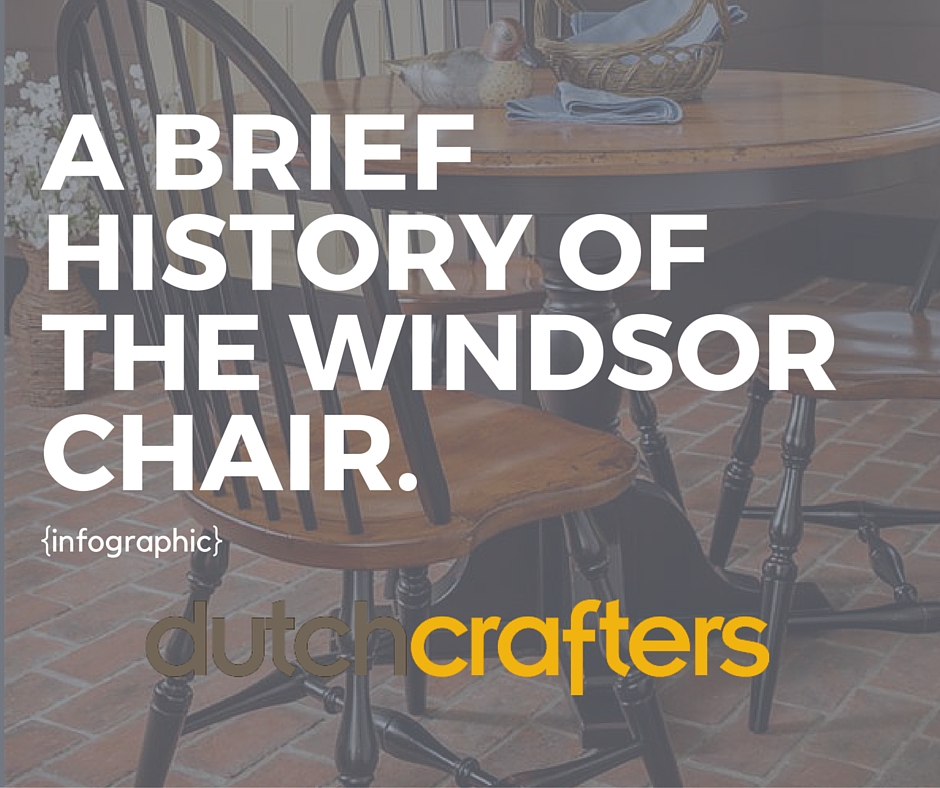Check Out The Enchanting Voyage Of Renovating Old Closets, Revealing Concealed Stories And Analyzing The Enigmas Of Past Ages
Check Out The Enchanting Voyage Of Renovating Old Closets, Revealing Concealed Stories And Analyzing The Enigmas Of Past Ages
Blog Article
Authored By-Justice Cantu
To begin the trip of bring back antique closets, you require a keen eye for information. Envision uncovering hidden keys within each layer of history embedded in the wood. Picture the satisfaction of restoring a once-forgotten item to its former magnificence. Every step of this precise process holds the key to protecting the past while creating a future treasure. So, are you ready to embark on this transformative undertaking and unlock the potential of your antique closets?
Evaluating the Cupboard's Problem
When beginning the restoration procedure, begin by assessing the problem of the antique cabinet. Very carefully take a look at the general framework for any indications of damages such as cracks, chips, or loose joints. Inspect the wood for any kind of rot, bending, or insect problem that may have taken place gradually. It's crucial to figure out the degree of the restoration required prior to proceeding further.
Next, evaluate the cabinet's hardware such as hinges, knobs, and locks. Make note of any kind of missing out on items or components that need repair service or substitute. crownsville kitchen remodeling that all hardware is operating correctly and safely connected to the cabinet.
In read the article , evaluate the closet's finish. Try to find any type of scratches, stains, or staining that may impact the aesthetic allure. Determine if the coating requires to be removed and reapplied or if a straightforward touch-up will be enough.
Gathering the Required Tools and Materials
After analyzing the problem of the antique closet, the next action is to gather the necessary devices and materials for the repair procedure. Before you start, guarantee you have the adhering to products on hand:
- timber cleaner
- sandpaper in various grits
- timber filler
- paint or timber stain
- brushes
- handwear covers
- safety and security goggles
- a dirt mask
- a ground cloth
- a putty blade
- a hammer
- a screwdriver
- a vacuum
These devices and materials are important for an effective reconstruction.
Timber cleaner is important for eliminating years of dust and crud buildup, preparing the surface area for sanding. Sandpaper of various grits helps in smoothing out blemishes and preparing the timber for a brand-new surface. Timber filler comes in handy for fixing any type of cracks, openings, or damages present in the cupboard.
Repaint or timber tarnish, in addition to brushes, enable you to tailor the cabinet to your preference. Keep in mind to use handwear covers, safety and security goggles, and a dust mask for defense. Set a ground cloth to safeguard your work area, and use a vacuum to clean up any kind of debris.
With these tools and products gathered, you prepare to begin the repair procedure.
Carrying Out the Remediation Refine
To successfully carry out the reconstruction process on your antique cabinet, start by thoroughly cleansing the surface area with the wood cleaner. This step is vital as it helps remove years of dirt, crud, and old gloss that may have built up externally.
When the cupboard is tidy and dry, assess the condition of the wood. Seek any fractures, scratches, or various other problems that require to be addressed. Use timber filler to repair any kind of blemishes, ensuring to match the filler color to the timber tone for a seamless coating.
After the repair work have dried, gently sand the entire surface to create a smooth and also base for the new finish. Beware not to sand too strongly, as you don't intend to harm the timber below.
Once the sanding is total, use a timber stain or end up of your selection, complying with the supplier's guidelines. Permit the surface to dry entirely prior to applying a safety leading layer to guarantee the longevity of your recovered antique closet.
Final thought
Now that you have finished the restoration procedure, your antique closet looks as good as new.
By complying with the step-by-step guide, you were able to evaluate, repair, and boost its condition effortlessly.
With a fresh finish and safety top coat, your treasured item will certainly continue to radiate for many years to find.
Appreciate the elegance of your restored antique cupboard!
